Ornithology Exam 3
1/127
There's no tags or description
Looks like no tags are added yet.
Name | Mastery | Learn | Test | Matching | Spaced |
|---|
No study sessions yet.
128 Terms
Monogamy
Each individual has a single mate during breeding season.
Polygyny
Males mate with multiple females and females mate with a single male during each breeding season.
Polyandry
Females mate with multiple males and males mate with a single female during breeding season.
Promiscuity
Both males and females mate with multiple partners during each breeding season.
Polygnyandry
Both males and females mate with multiple partners during each breeding season, but form pair-bond to rear offspring (social monogamy).
Mating systems are shaped by ecological constraints
Resource Distribution + Predation Risk —> Female distribution —> Male distribution
Male assistance
Paternal care increases male’s reproductive success (Why are some males monogamous?).
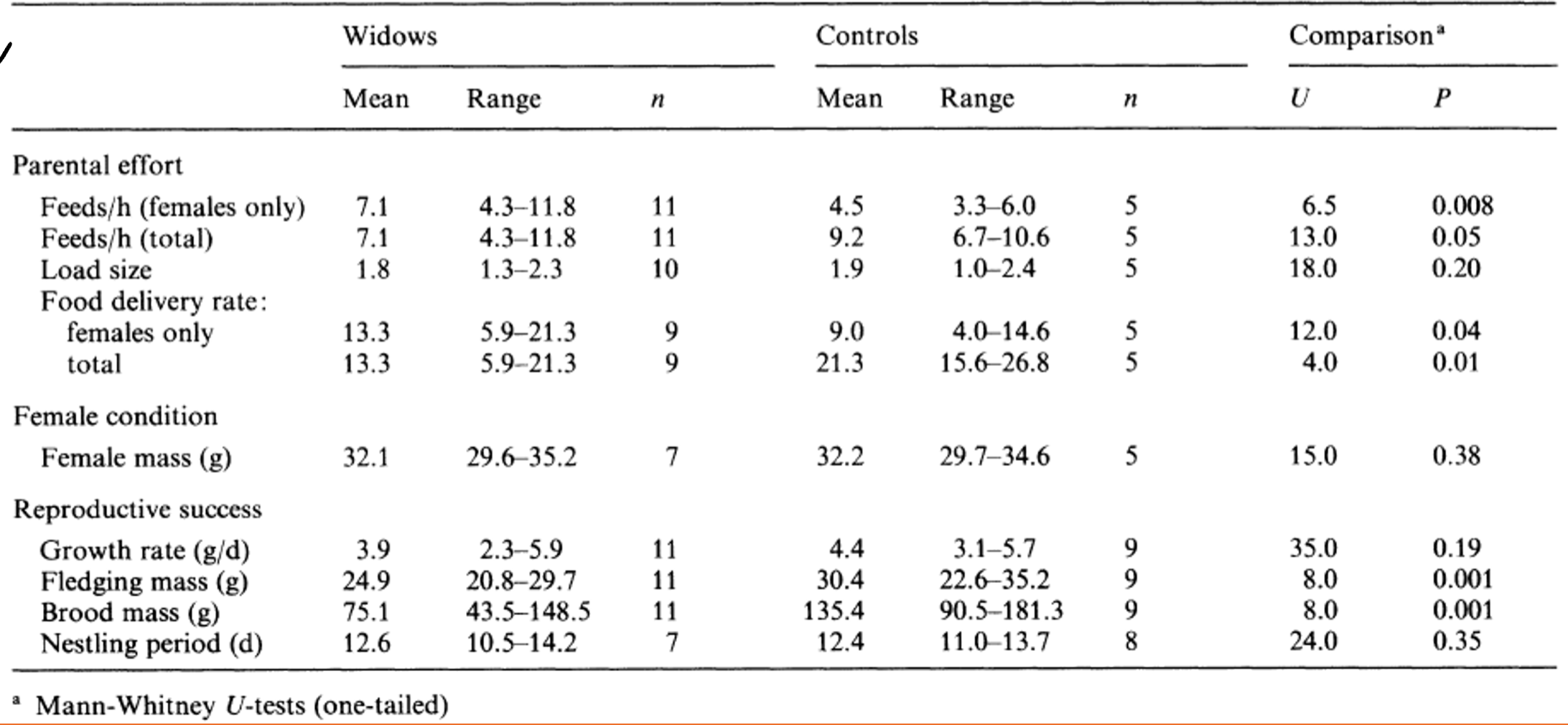
Mate guarding
Preventing other males from mating with females will increase male’s reproductive success because 90% of socially monogamous females mate with multiple males (Why are some males monogamous?).

Female enforced monogamy
Females prevent rival females from gaining access to their mate (Why are some males monogamous?).
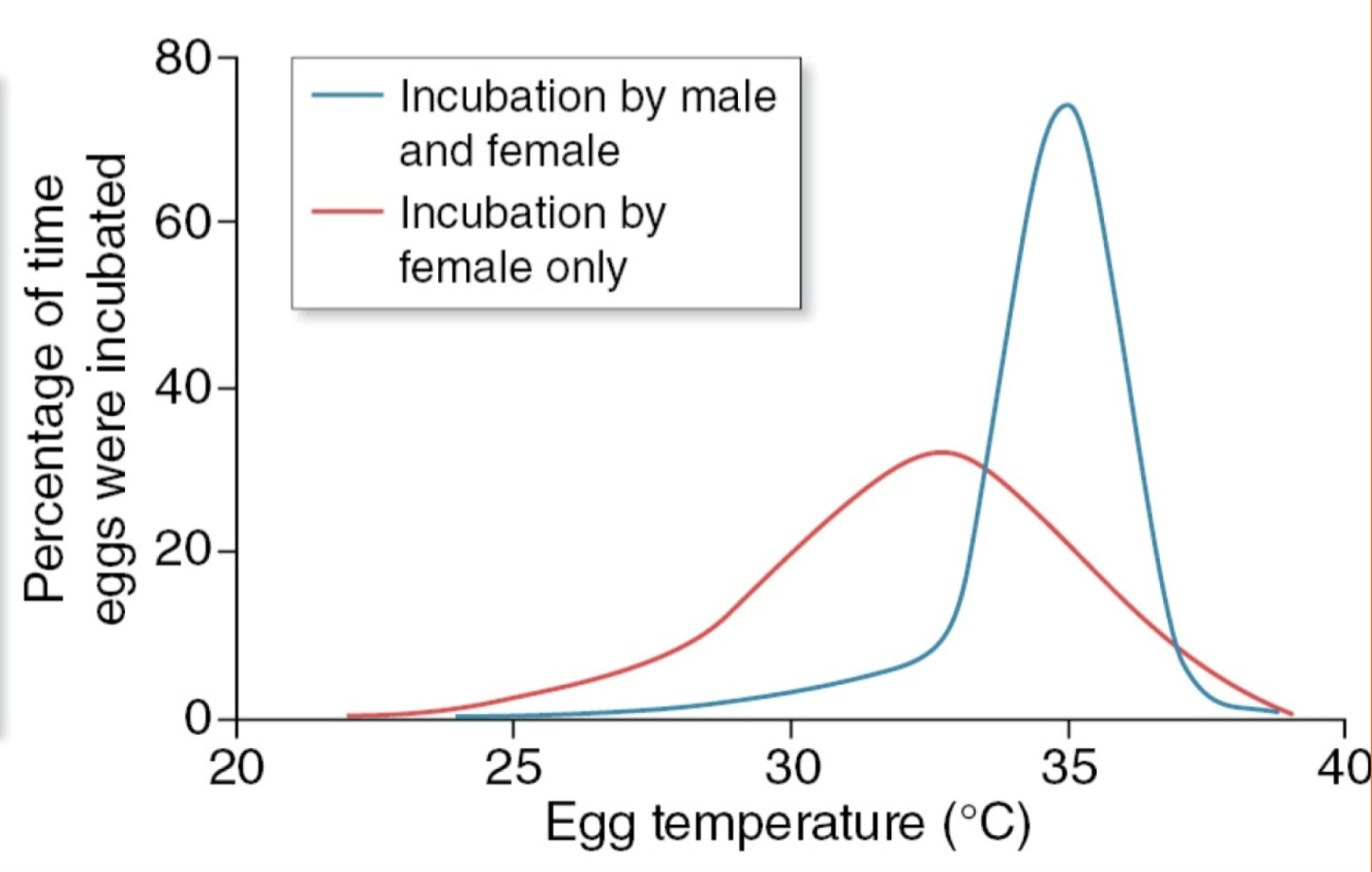
Male assistance example (monogamy)
When 14 snow bunting males were removed from females in the wild, females increased effort but brood mass still declined 55%.
Mate guarding example
Experimentally added model egg to nests of Seychelles Warblers, causing males to think females were done laying. This led to more extra pair copulations by female because male was no longer guarding.
Female enforced monogamy example
Females destroy the eggs of other females that attempt to mate with their partner, preventing other male parental investment.
Good genes
Social partner may be of lower genetic quality than other potential partners —> indirect benefits to offspring (Why are females polyandrous?).
Genetic compatability
Increase likelihood of receiving best genes for chicks (Why are females polyandrous?: Good genes 1).
Genetic diversity
increase gentic variety with individual offspring (heterozygosity) or clutch —> will increase survivorship (Why are females polyandrous?: Good genes 2)
Direct benefit
Resource gained by female: parental care guarding, offspring (Why are females polyandrous?).
Convenience polyandry
Mate with males to reduce harassment (Why are females polyandrous?).
Good genes example (polyandry)
Dark-eyed juncos engage in extra pair copulations, extra pair copulation chicks have higher fitness than within pair copulation chicks. Reed buntings had increased genetic diversity and immune function in extra-pair offspring.
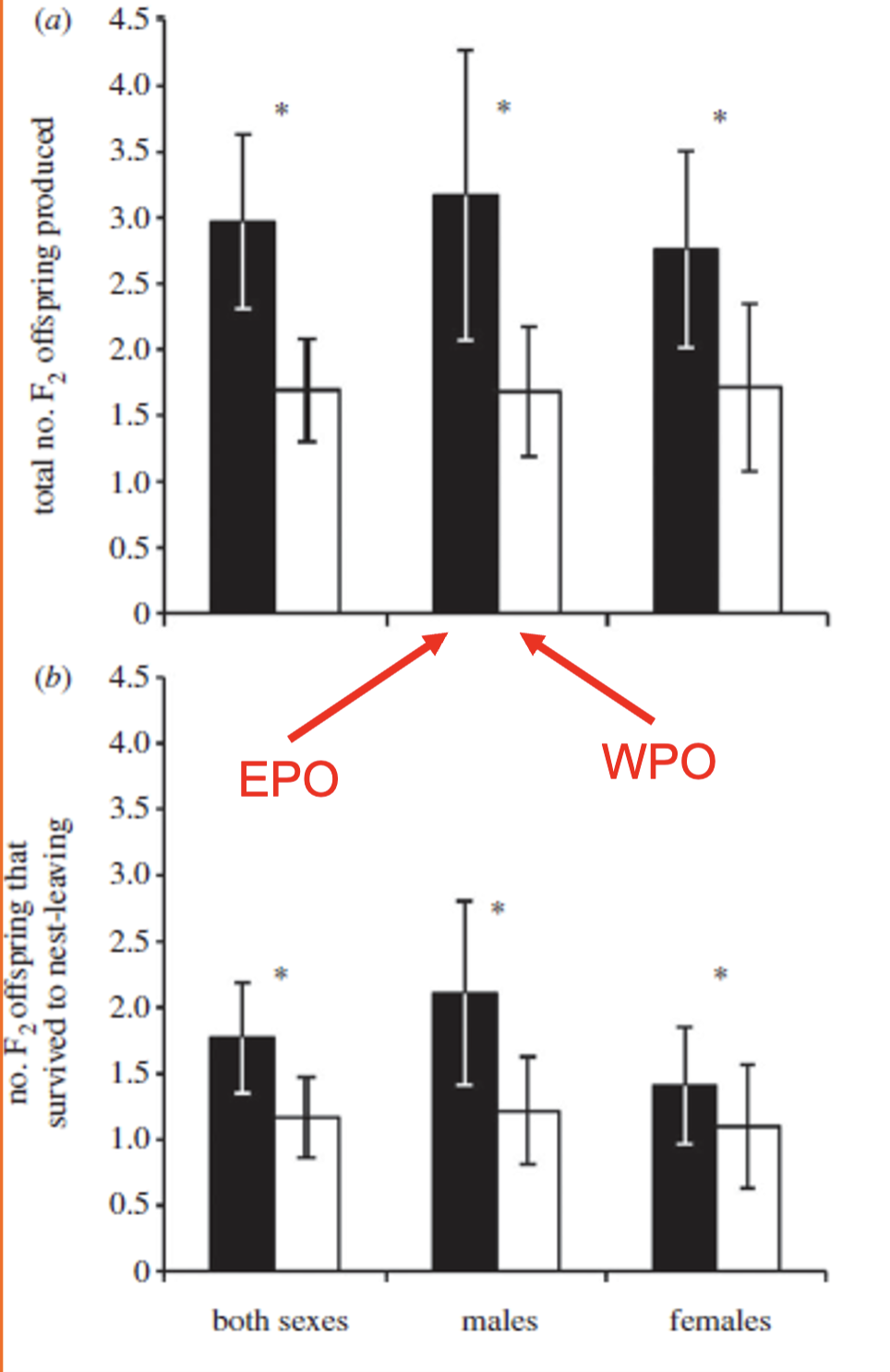
Direct benefits examples (polyandry)
Dunnock females have alpha and beta males. Females solicit matings from whichever male has spent less time with her, acquiring parental care from both males.
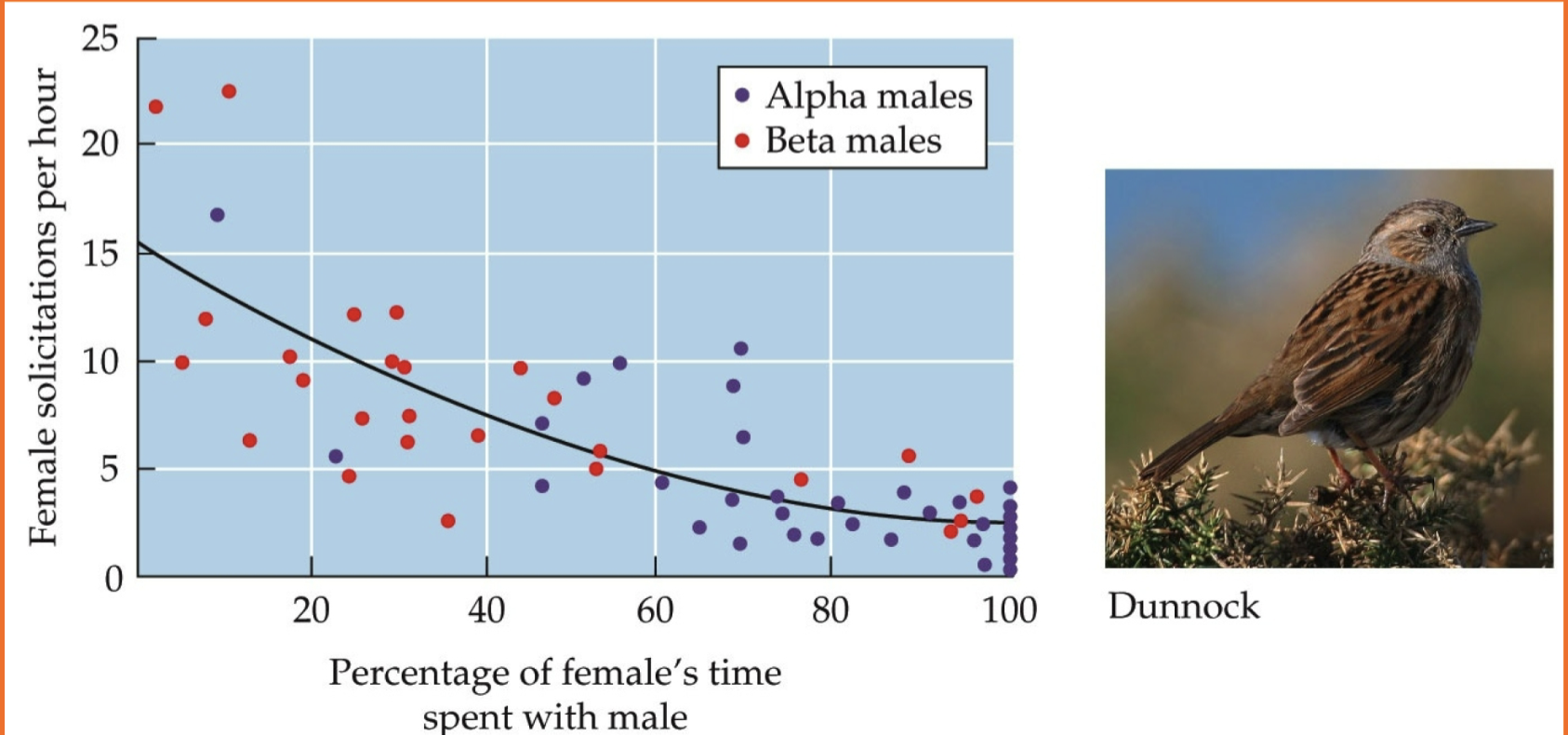
Resource defense polygyny
Males guard territory with key resources that attract females (common in birds).

Male dominance polygyny
Males establish a dominance hierarchy and compete for access to females (colony birds: grackles, starlings, weavers); female defense.

Lek polygyny
Males aggregate and compete at traditional display sites (e.g., grouse, manakins, peacocks).
Resource defense example (polygyny)
Experiment with red-winged blackbirds found 12/14 females observed chose to nest polygynously over water rather than monogamously on land, choosing a male with multiple territories if the territories were better.
Male dominance example (polygyny)
Montezuma oropendola males attempt to control access to clusters of nests, dominant males gain 80% of mating opportunities, but when a colony gets too large defensibility becomes an issue.
Lek polygyny example: Hotspot hypothesis
Peacock males gather near areas where females are feeding. Clumped resource leads to males grouping, lek is near food site, females at food too.

Lek polygyny example: Hotshot hypothesis
Males and females are attracted to areas with most attracted males.
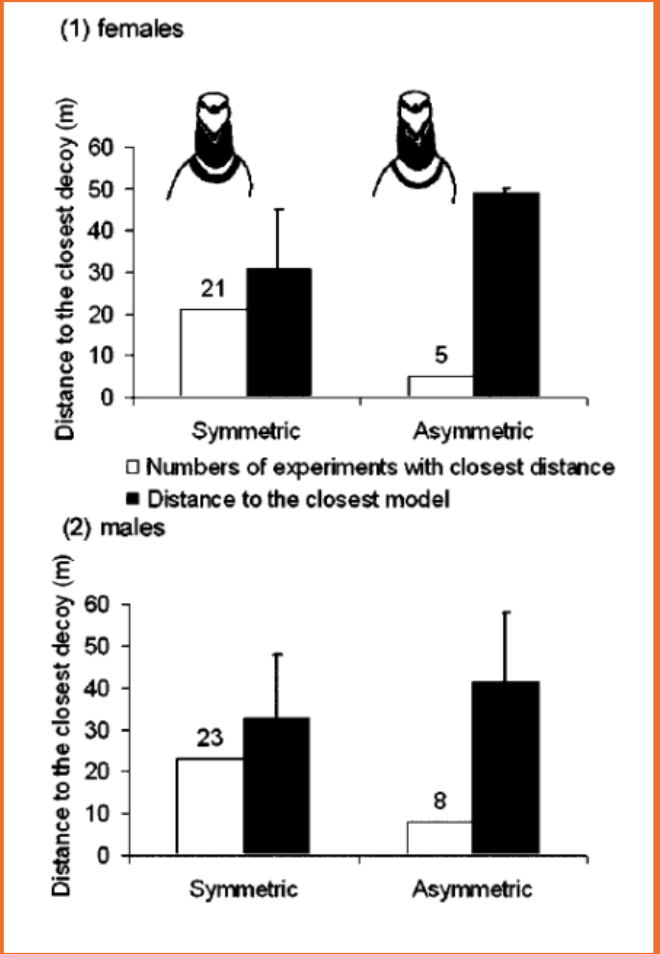
Amniotic egg shell
Leathery or rigid (some permeability)
Albumin
Source of water and protein; protective layer (egg white).
Yolk
Primary energy source (lecithotrophic)
Yolk sac
Part that surrounds the yolk, providing nutrients for developing chick; develops into gut at hatching (1/4 extra-embryonic membranes).
Chorion
Outer membrane that surrounds entire embryo and yolk. Extra-embryonic membrane 2/4.
Amnion
Inner membrane that surrounds just the embryo. Extra-embryonic membranes 3/4.
Allantois
Embryonic endoderm; nitrogenous waste site; respiratory organ during later development. Extra-embryonic membrane 4/4.
Which living vertebrate taxa produce an amniotic egg?
Mammals —> placentals and marsupial (internal) Monotremes (external). Reptiles —> turtles, lizards, snakes, crocodiles.
Benefits of an amniotic egg: Allantois
Storage of nitrogenous waste separate from developing chick.
Benefits of an amniotic egg: Tough semi-permeable shell
Prevents desiccation on land. Allows gas exchange through the pores.
Benefits of an amniotic egg: Shell
Allows larger eggs —> Larger hatchlings —> Increased chick survival —> precocial.
Egg production
Single oviduct —> homologous with uteran horn.
Fertilization occurs prior to shell formation
Crystalization of CACO3 occurs on oviducts; secreted by shell gland
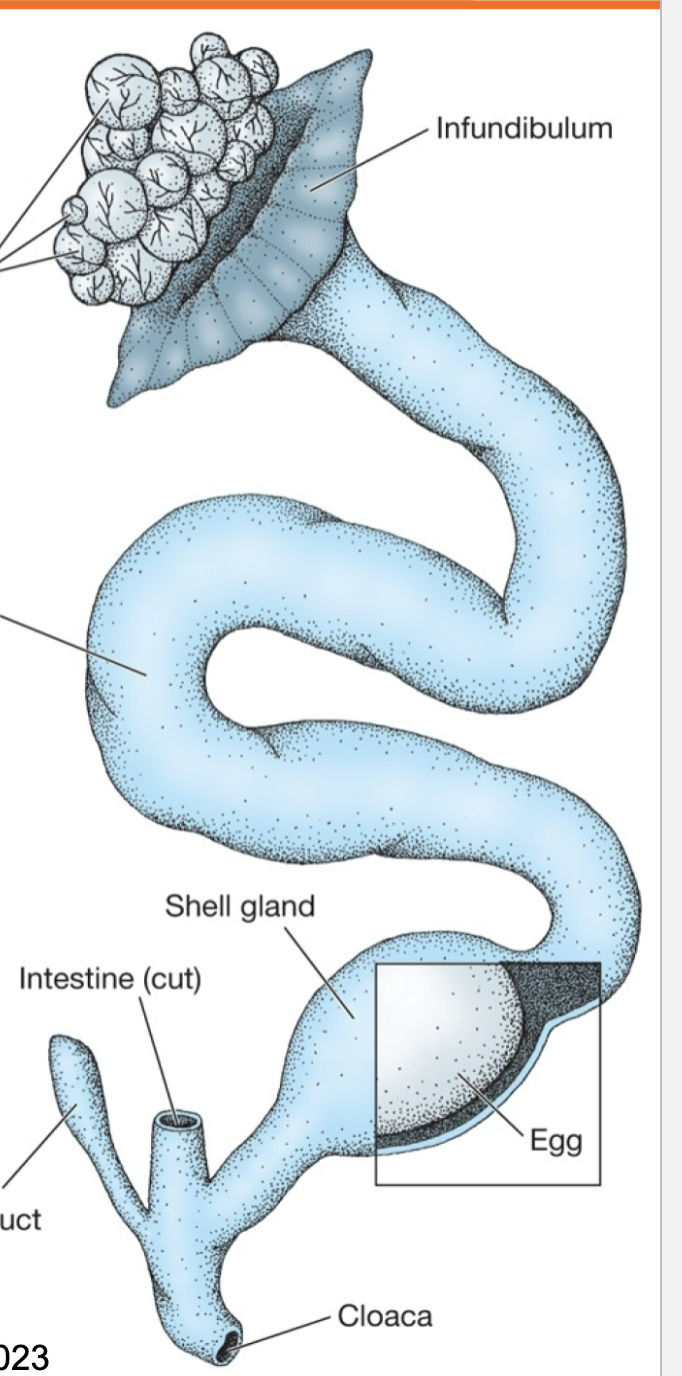
Egg laying
Some birds can lay 1 egg per day (chickens, shorebirds, woodpeckers, and most passerines)
Larger birds lay an egg every other day (cranes, herons, geese, ostrich).
Clutch
Complete set of eggs laid by one female in an uninterrupted series during a breeding season.
Female condition
More eggs in better conditions (what factors influence clutch size)
Female age
Younger females lay smaller clutches; experience, older birds have fewer future opportunities (what factors influence clutch size).
Food conditions
More food = larger clutch (what factors influence clutch size).
Cavity nesters
Larger clutches, better protection (what factors influence clutch size).
Multiple clutches
Largest clutch during mid-season (what factors influence clutch size).
Incubation
Parental behaviors used to keep eggs at optimal temperature for development.
Hatching
Egg tooth —> horny structure on beak used to penetrate shell.
Hatching muscles — enlarged on back of neck to aid in cracking egg.
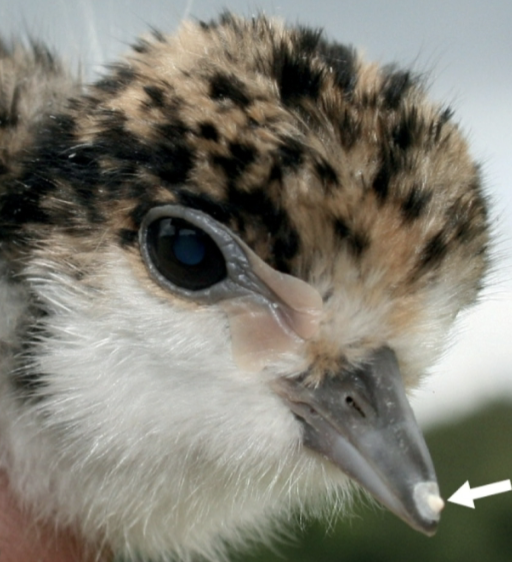
Brooding
Sitting on hatched young to keep them warm, protect them from sun, rain, and predators.
Brood patch
Patch of skin on belly or skin of parent that facilitates heat transfer to young.
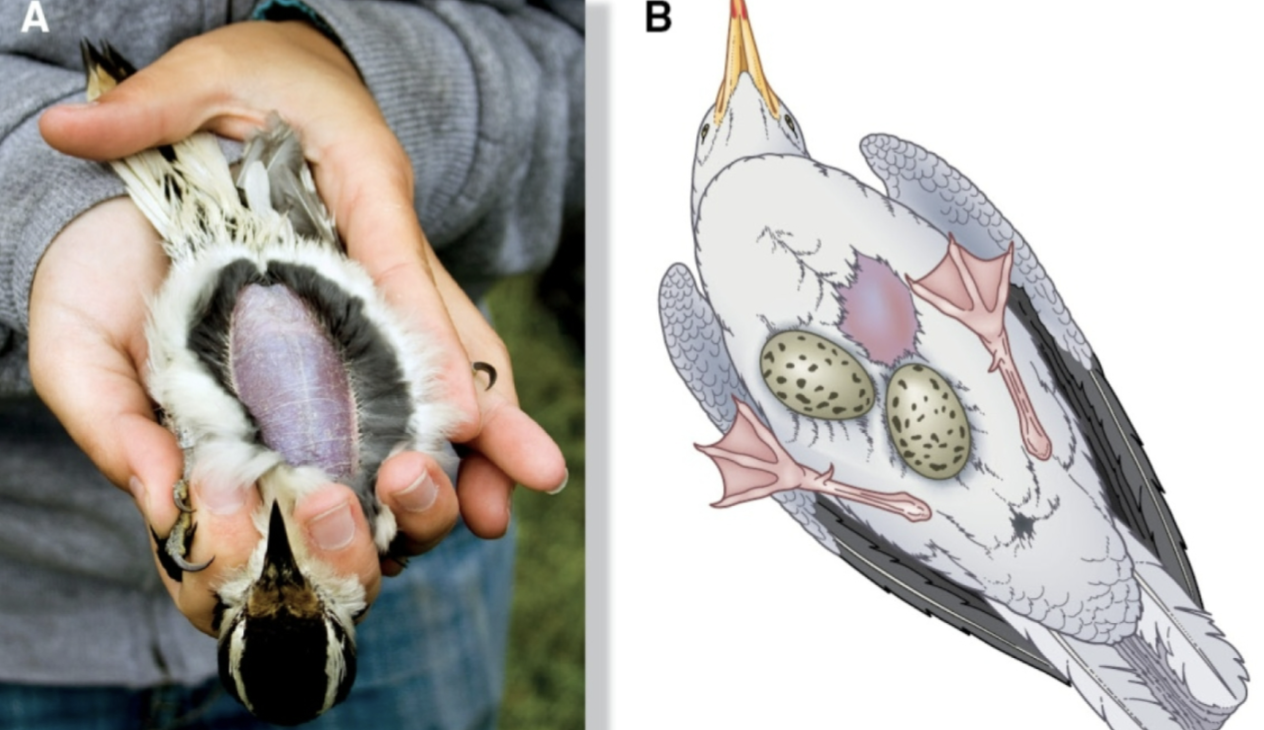
Thermoregulation
Holds clutch together for incubation and brooding (functions of nests).
Protection from predators
Camouflage and hard to reach locations (functions of nests).
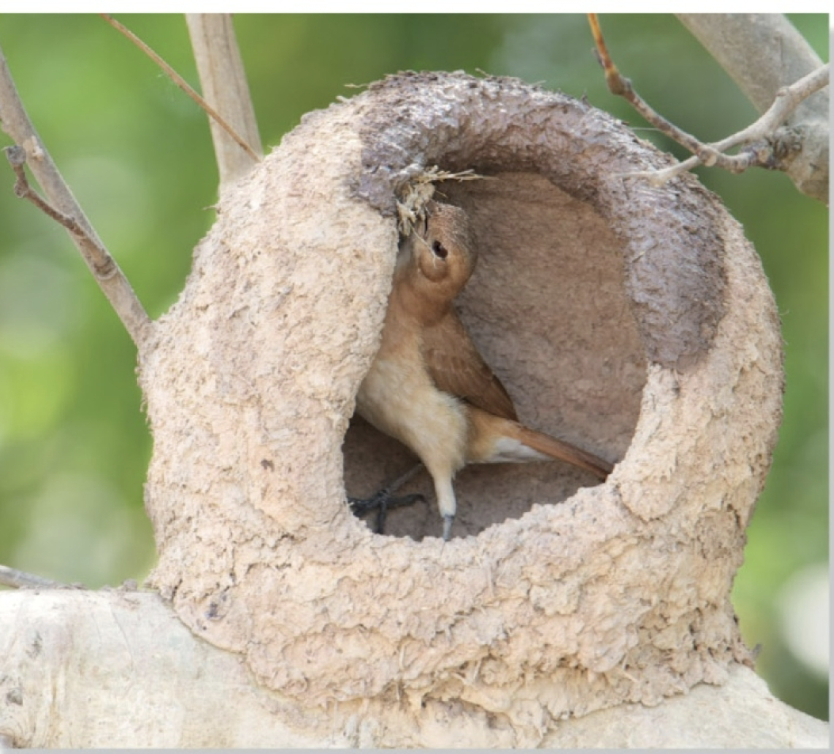
Shelter
From precipitation and UV radiations (functions of nests).
Scrape Nest
Small depression in sand surrounded by pebbles and shells; Eg. Piping plover.
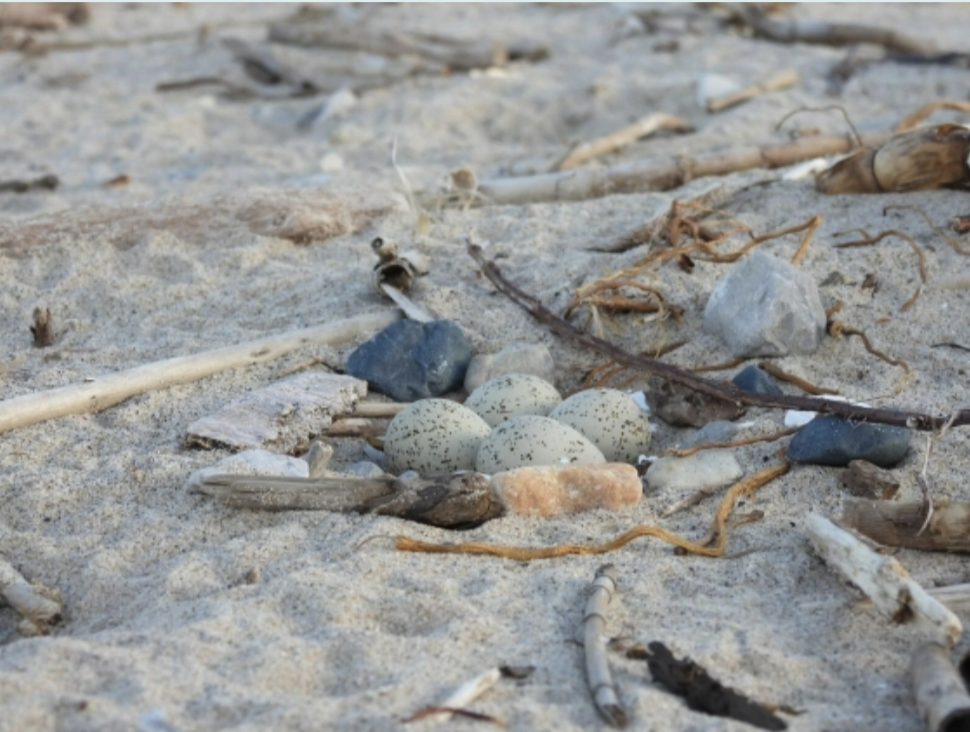
Cup Nest
Fine grasses, roots, lined with down feathers. Located in cavity in the ground; eg. horned lark.

Platform nest
Sticks, barks, vines, grass, built near top of tree or poles near body of water, nests are reused; eg. osprey.

Pendulous cup nest
Entered from the top, woven grass and hairs, built in tall deciduous trees; eg. baltimore oriole.

Adherent cup nest
Mud, grass, hair, built against vertical surfaces; eg. barn swallow.
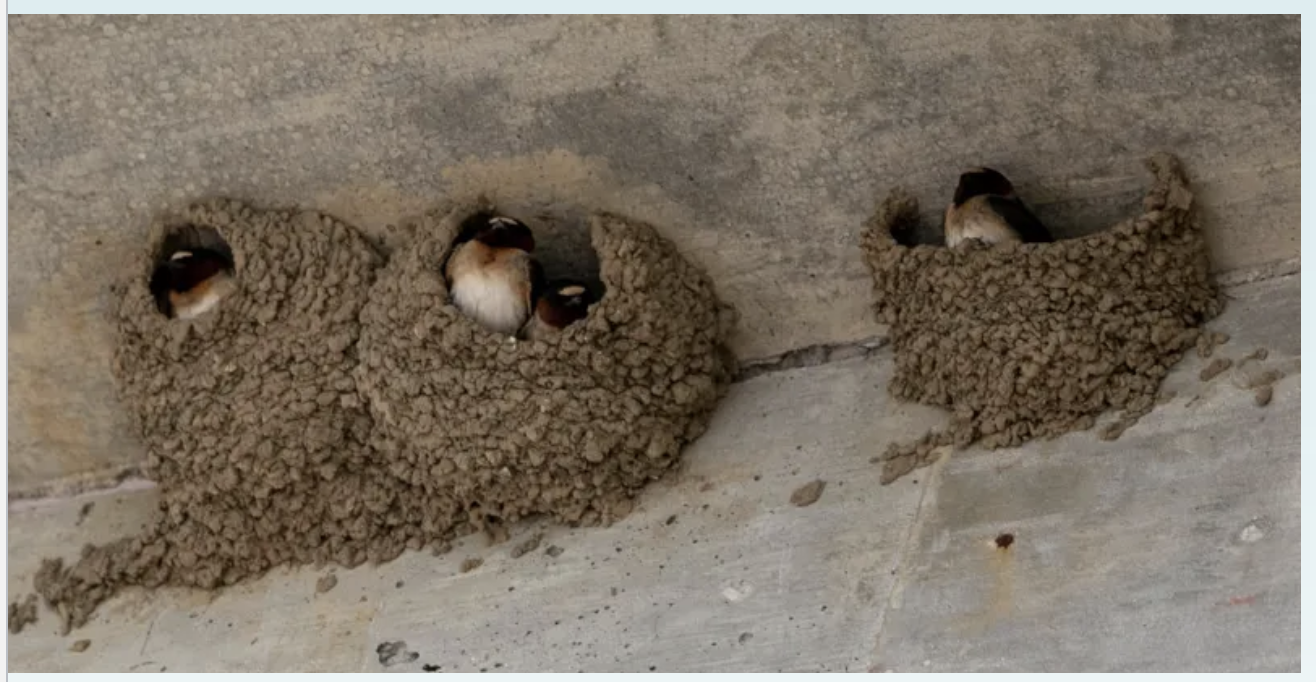
Domed nest
Woven plant stems, dead leaves, hair bark, roots, built on ground; eg. ovenbird.
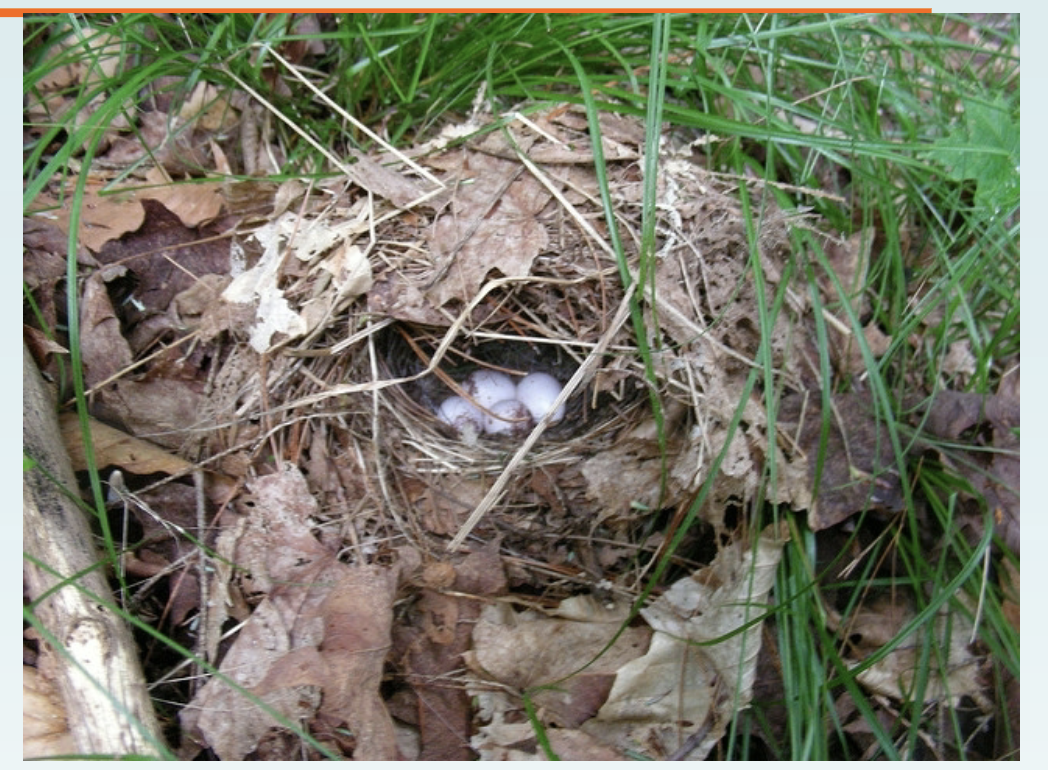
Mound nest
Dead leaf litter and dirt, leaf decay keeps nest warm; eg. brush turkey.
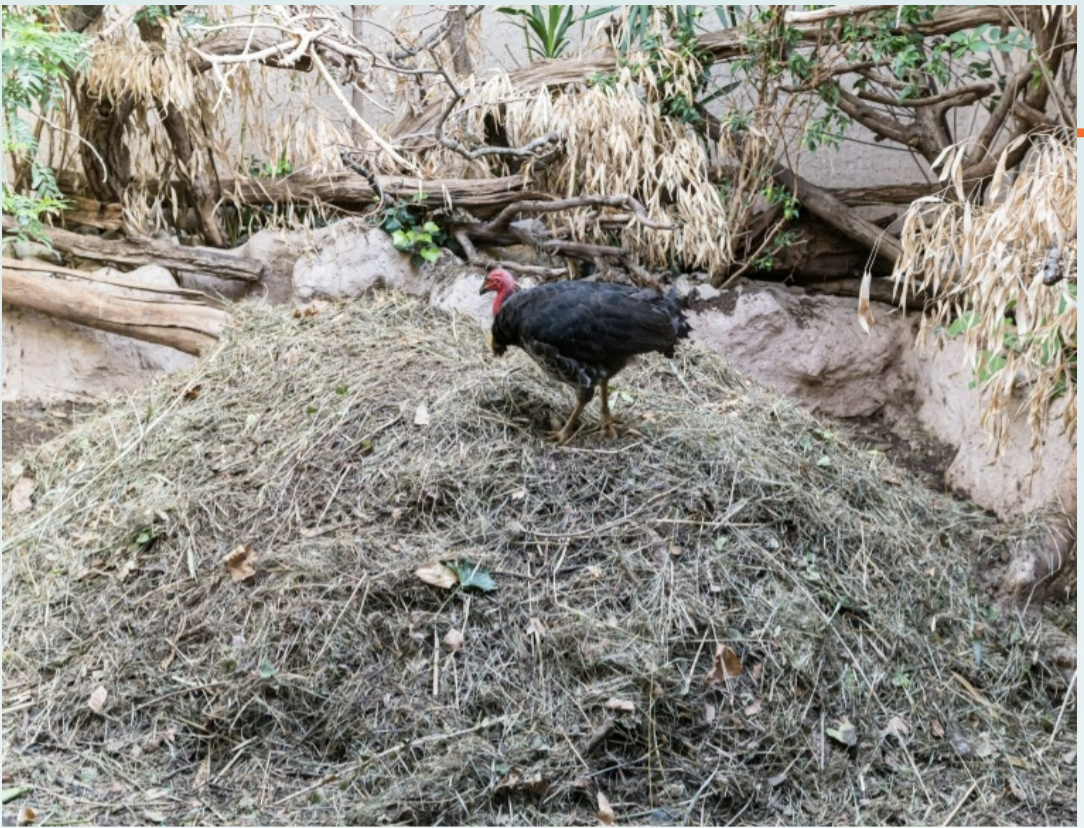
Cavity nest
Carved hole in tree branch or trunk, nests are reused; eg. red-headed woodpecker.

Globular nest
Mud, sticks, grass, built in trees or bushes; eg. Black-billed Magpie.
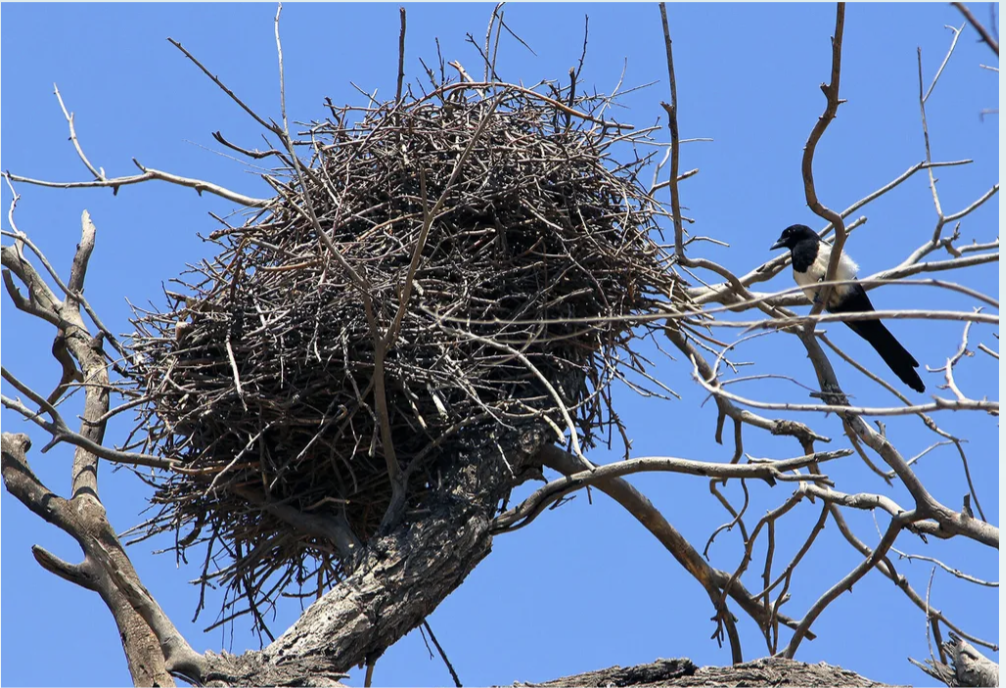
Burrow nest
Dug into side of riverbank; eg. belted kingfisher.

Pre-settlement forest
1700- Mature, managed by indigenous groups, altered by beavers that led to heterogeneity. Forest birds thrive, so do birds in edge habitats that beavers create. Home to vast numbers of Passenger Pigeons.
Early homestead
1800- Small farms create some edge habitats within forests but forests are mainly preserved.
Height of agriculture
Mid-1800’s: Pastureland and farmland all across Vermont, lots of forests cleared for grazing, grassland birds expand while forest birds decline.
Farm abandonment
Late 1800-Early 1900: Forest begins to retake farmland and grassland species start to decline, new forest is mature enough to support some species but not all.
Plantations replace farmlands
Mid 1900’s: Even though land is still open monocultures do not effectively support grassland species. Mowing instead of grazing and pesticide use lead to further declines.
Fields grow into Forest/forests grow back
Mid 1900’s-Present; more decline of grassland species, some recovery of forest birds but forests are not mature and fragmentation an issue. Recovered forests are sometimes homogenous due to plantations. New forests lack complexity. Sometimes cutting and burning can help.
Two strategies of avian conservation
Focus on individual species in need vs. work to stop declines across larger groups of common species.
Private ownership of Vermont’s forests
More than 2/3’s of Vermonts forest is private making conservation difficult. Conservation relies on individuals as stewards of this land.
The birder’s dozen
A list of 12 declining forest birds that each utilize a different forest habitat. Telling private landowners to focus on these species as proxies for a healthy forest ecosystem can lead to effective conservation. These species are easier to identify and can help save forest species as a whole.
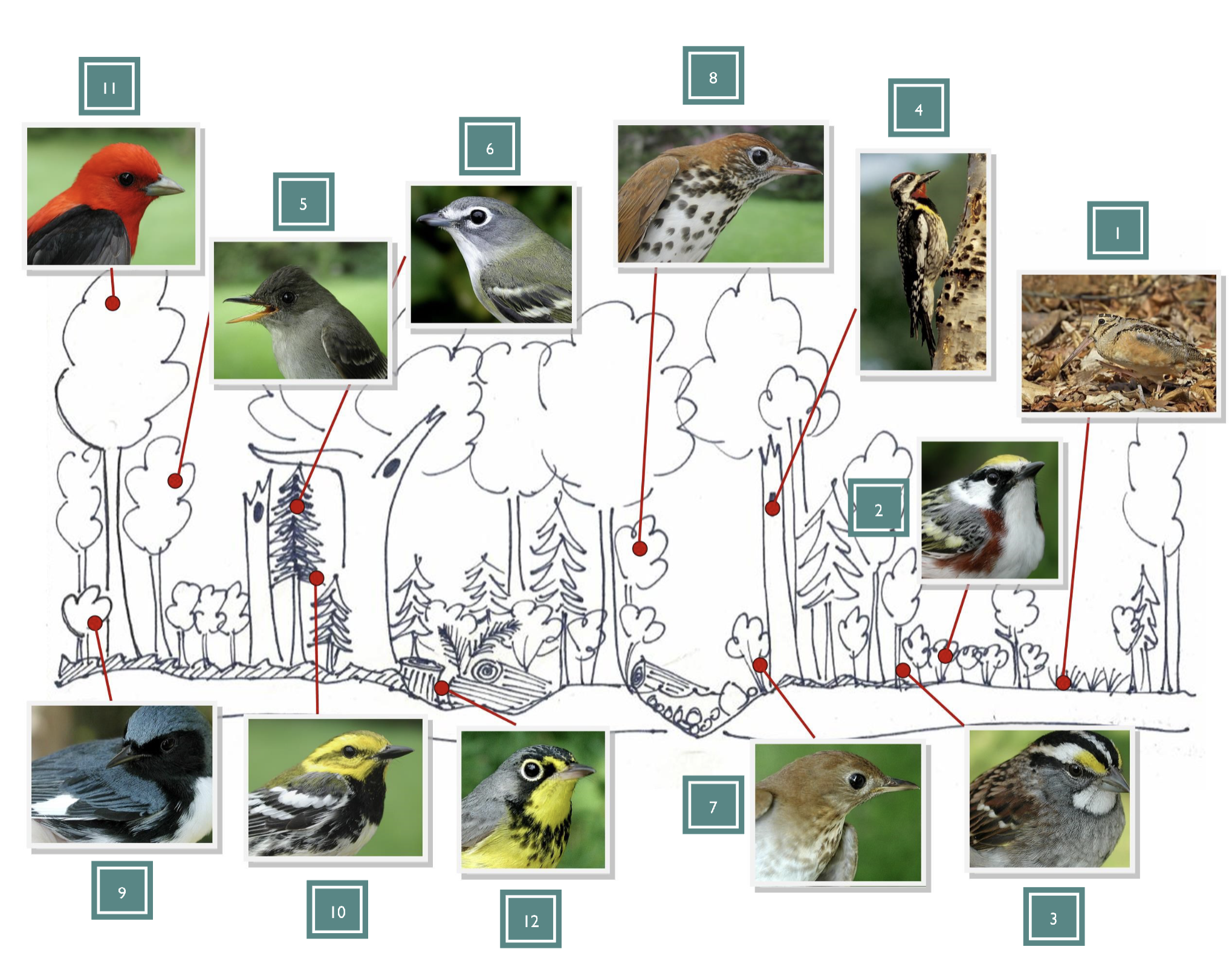
Understanding decline
Need to understand what is normal for each species; eg. Red grouse with naturally fluctuating populations.
Understanding population status
Citizen science and bird population status, including transects and point counts.

Ebird
Incredible collection of citizen science data that is essential in understanding abundance and declines in species around the world. Launched in 2002, anyone can submit lists.
Christmas Bird Counts
Started in 1900, important for estimating resident wintering populations of birds. Across North America every December-January, volunteers create circle areas that they survey every year. Record effort to understand the strength of the data.

Project Feeder Watch
Started in 1970’s, important for understanding winter populations and avian use of urban areas, especially finch species that often utilize feeders. November - April volunteers track #’s and species of birds visiting their feeders.
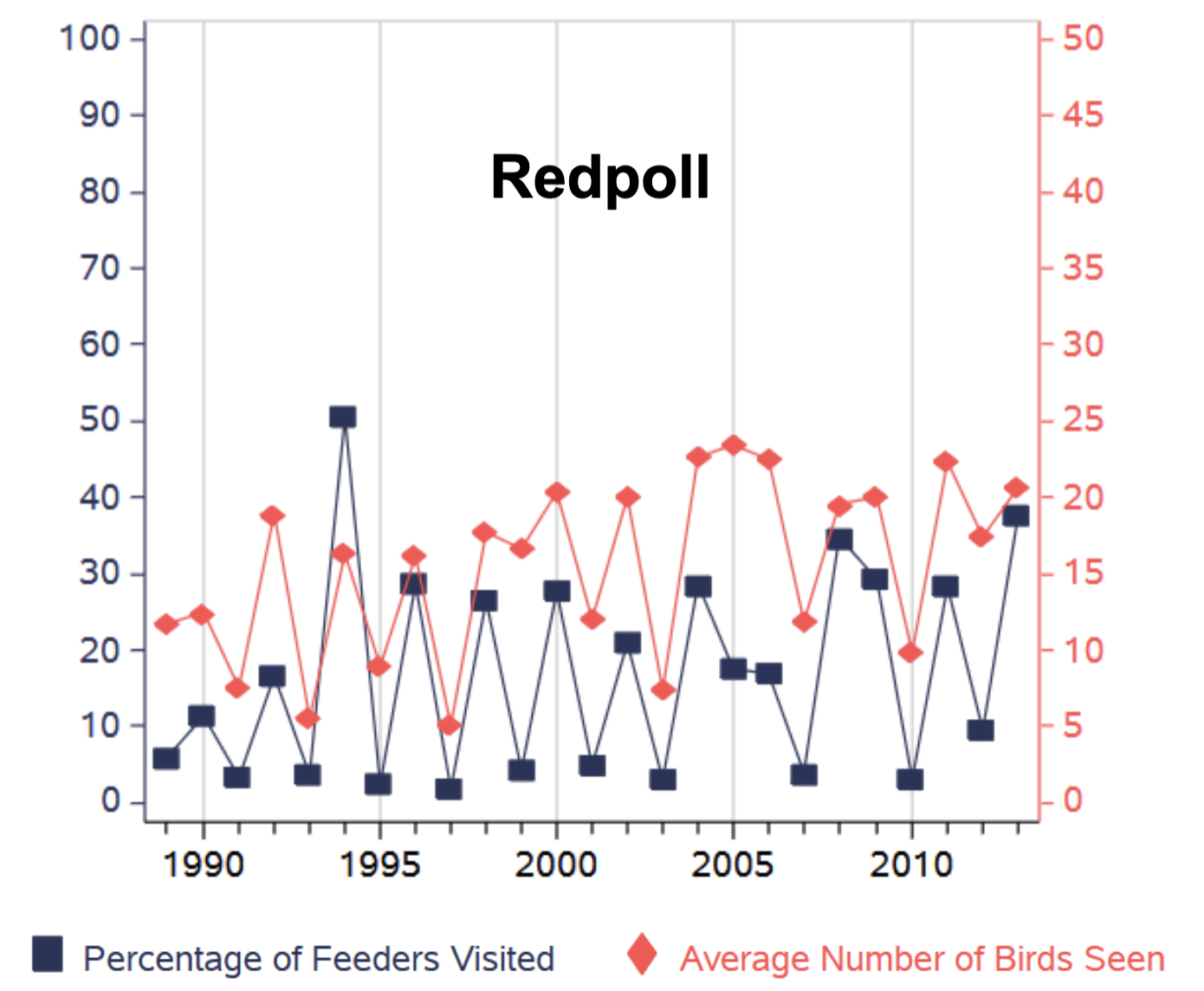
Breeding Bird Surveys
Started in 1966, surveys every breeding season when birds are singing. Volunteers walk 40k transects and record 3 minute point counts at half mile intervals, noting species, #’s, and breeding behaviors. Samples breeding population.
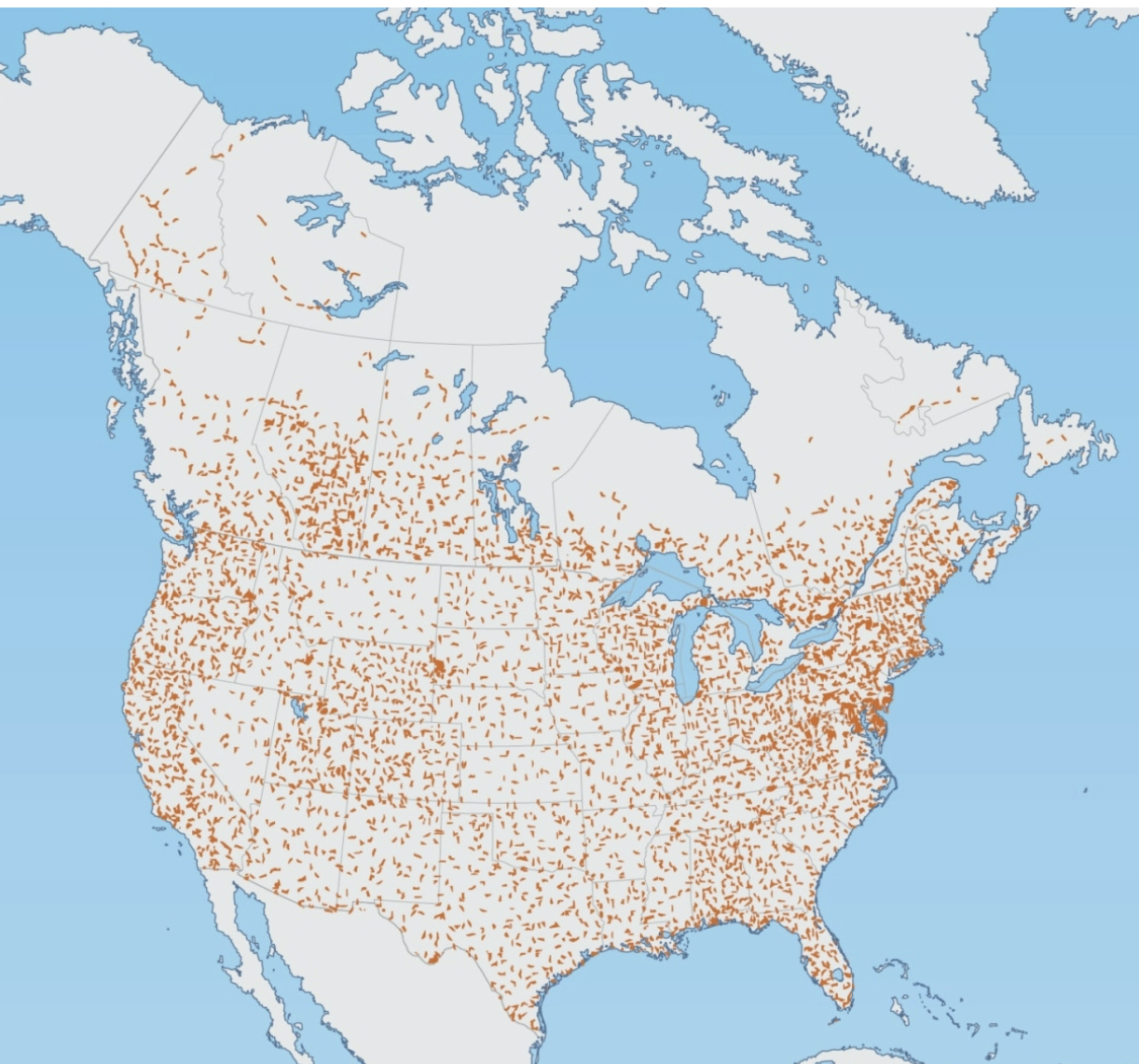
MAPS (Monitoring Avian Productivity & Survivorship)
Started in 1989, 1200 stations across US and Canada. Happens over nesting seasons to band and recapture breeding species. Helps determine nesting success and return rate.

How to determine population size
Birth rate, survival rate of offspring, death rate, lifespan, predation, resource availability, immigration/emigration.
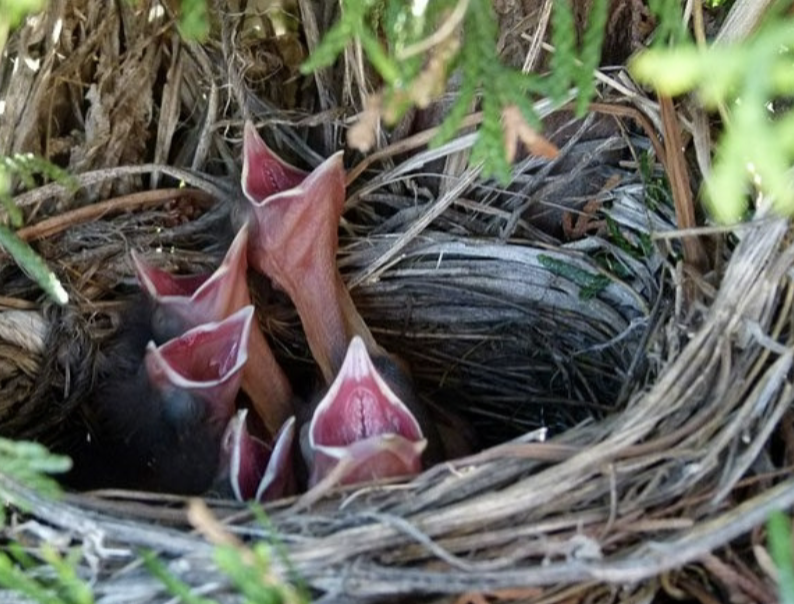
Sperm Selection
Females can choose which chromosome fertilizes the eggs.

Fischer's Principle
When it costs less to produce one sex, we will find a higher ratio of that sex. Eg. Harris’s Hawk females are larger so population has more males, common grackle males are larger so population has more females.
Production of Males vs. Females
When only a few males reproduce, females in good condition produce more males. When only a few males reproduce females are more selective of fit individuals.
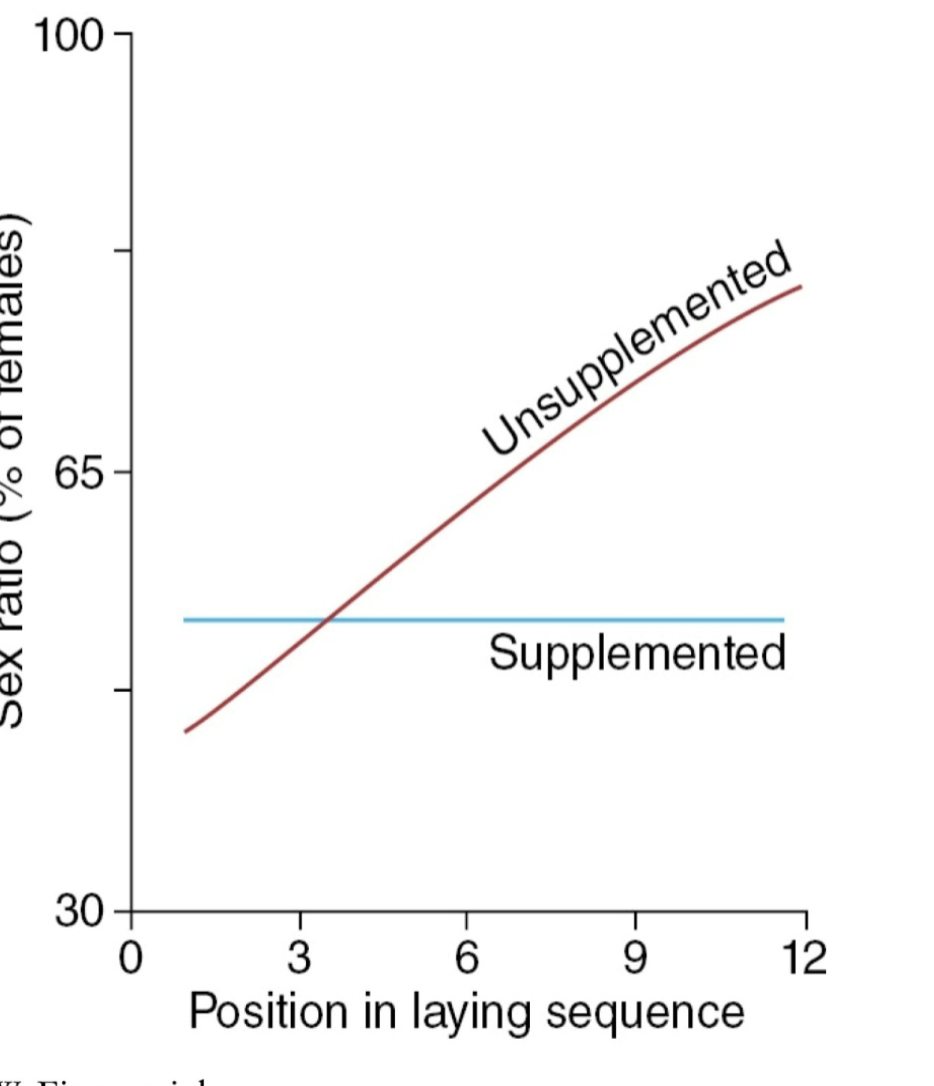
Longevity Factors
Shorter: Small, carnivorous/omnivorous, asocial
Longer: Large, herbivorous, social
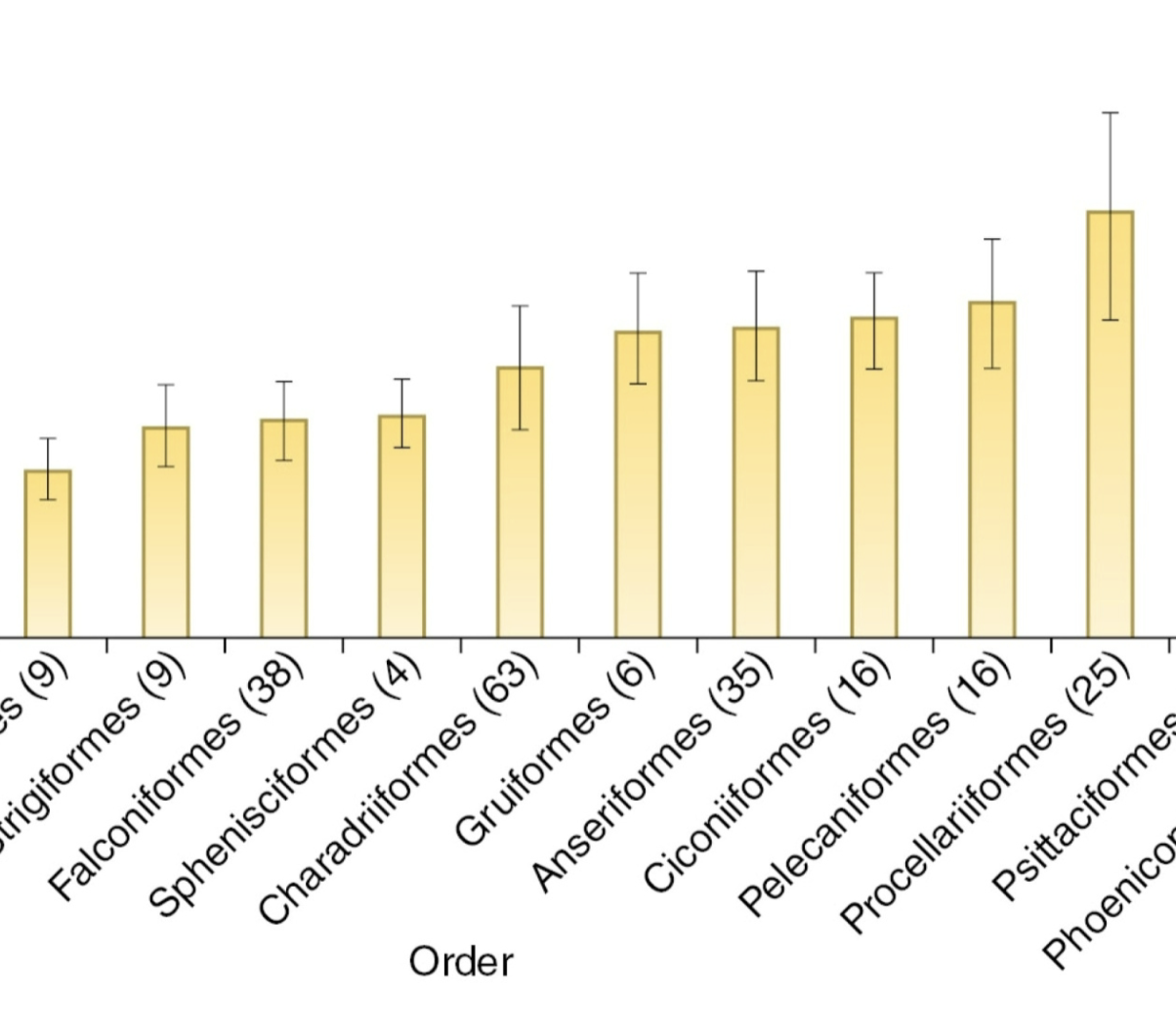
What limits population size?
Habitat specialization, local abundance, geographic range. Small geographic range is the factor with the largest weight. then specialization, then local abundance. Food, habitat, and nest site availability are limiting factors. The specialty of a specialist often becomes the limiting factor.
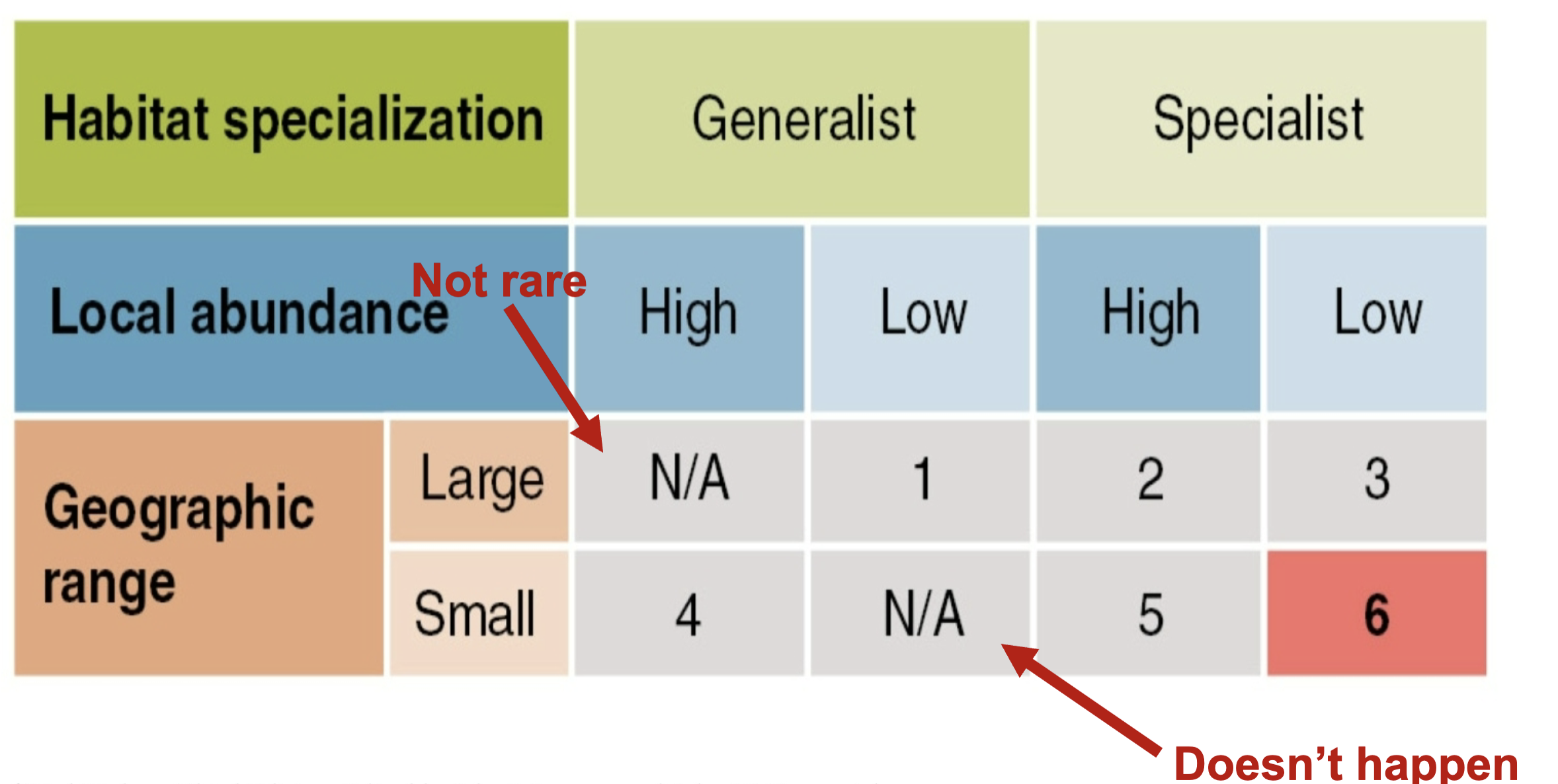
Migratory Species Geographic Limits
May occur in both breeding and non-breeding ranges. Eg. Bicknell’s Thrush

Population is limited by parental care strategy
R: Invest in reproduction; small with short life spans and wider population fluctuations.
K: Invest in survival; Large with long life spans and fairly stable.

Population is limited by foraging strategy
Birds that eat larger harder to catch prey tend to have lower populations.

Population is limited by predation
Species facing less predation pressures and better at avoiding predators both in the nest (including parasitism) and as adults have higher populations.
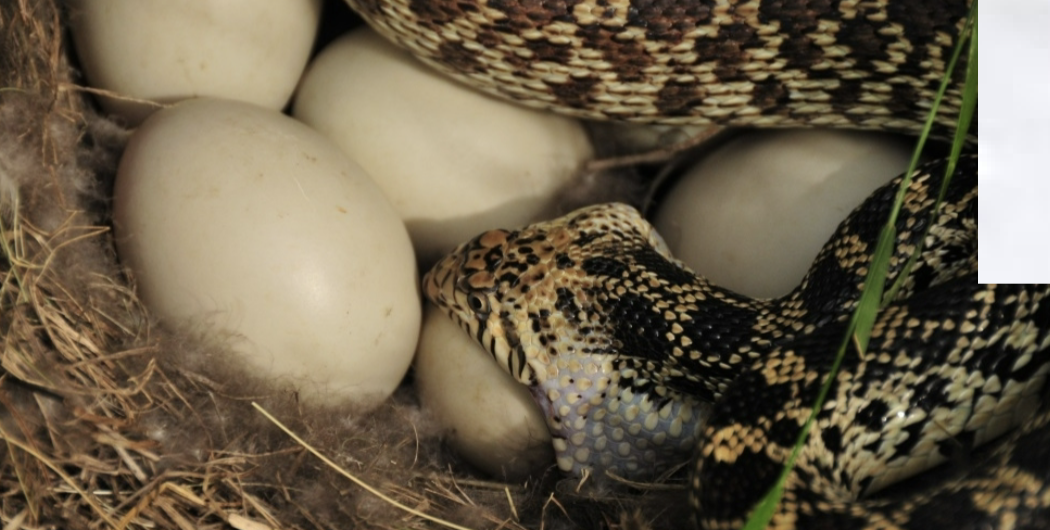
Population is limited by density
As population density increases, fitness decreases.
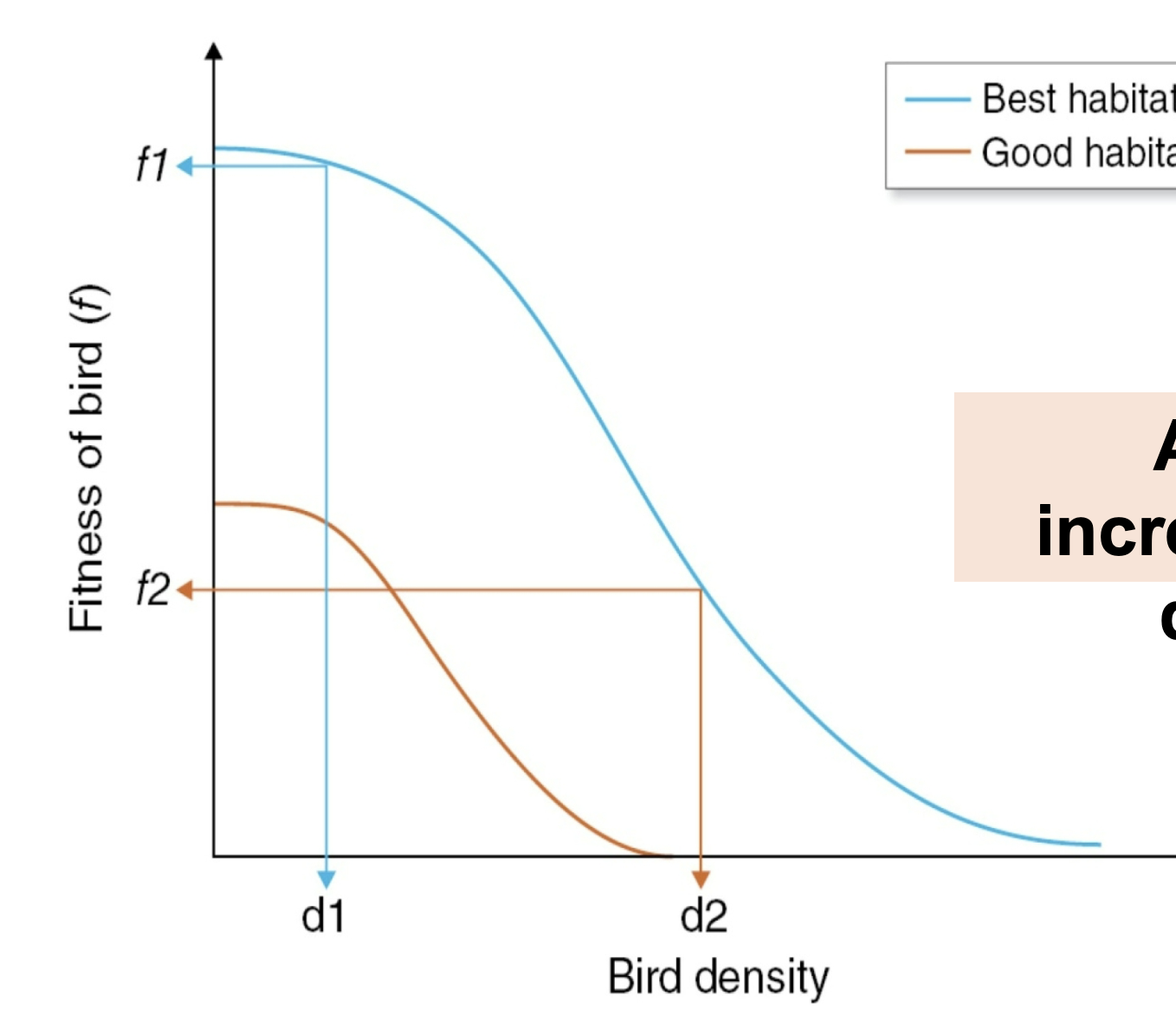
Local Rarity
Birds at the edge of a range may appear rare.
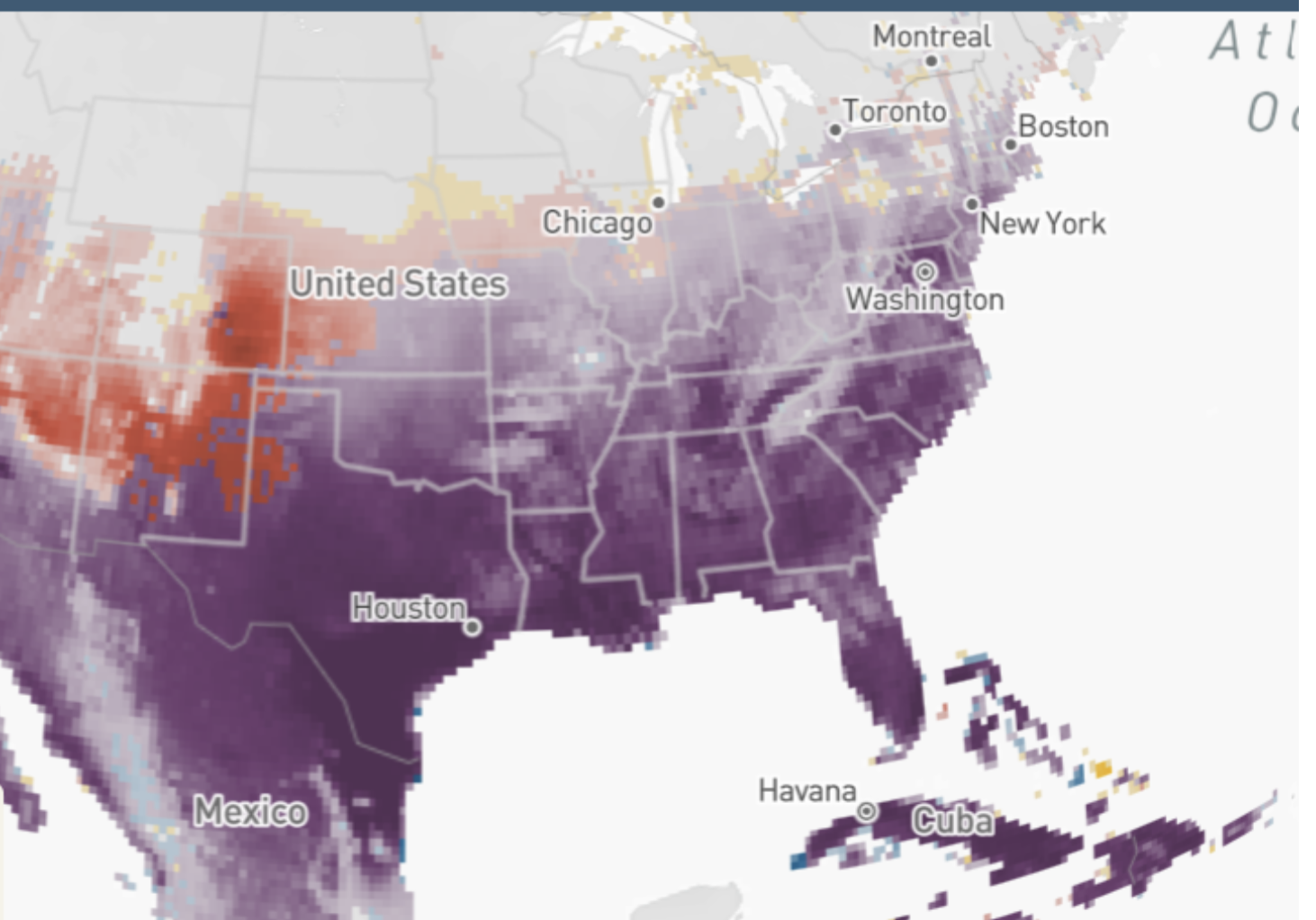
Allee effect
A small population can limit growth rate rather than typical growth rate which is limited by carrying capacity. The cause is often behavioral like struggling to locate a mate.
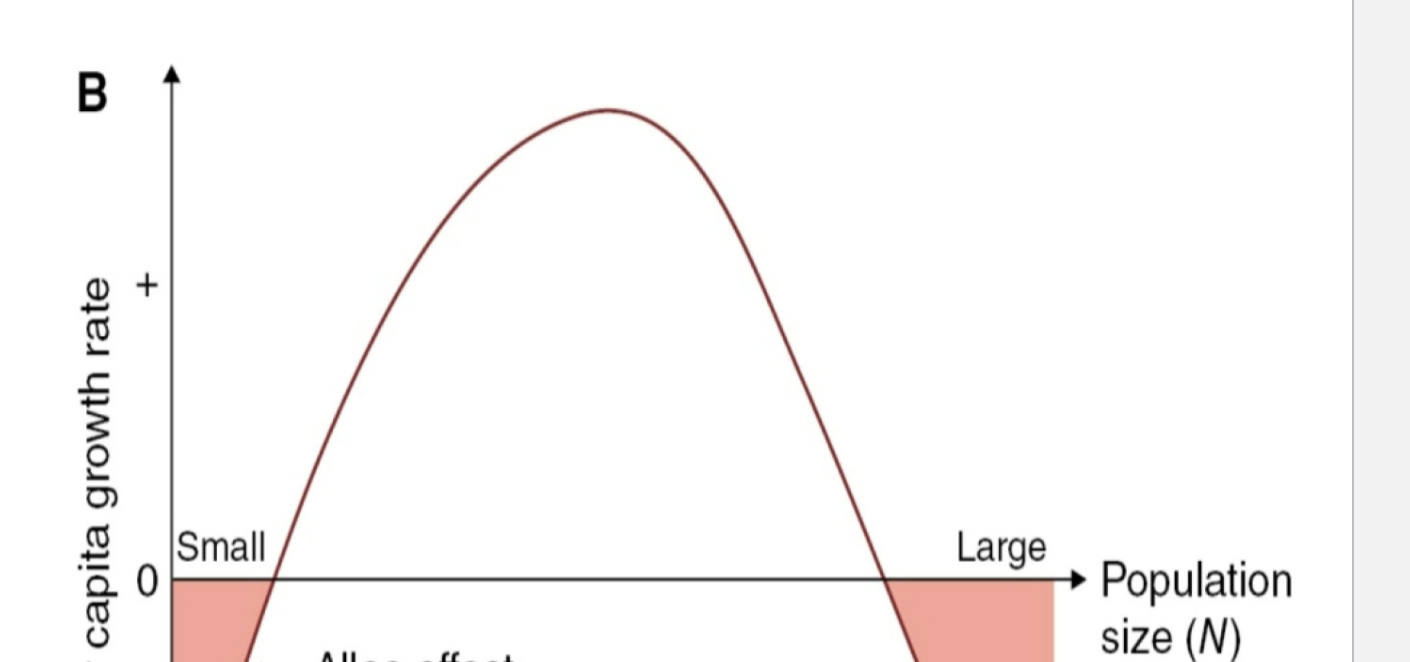
Extinction vortex
Small population —> inbreeding and genetic drift —> loss of genetic variability —> decreased individual fitness and population resilience —> decreased fecundity and survival —> Decreased effective population size.
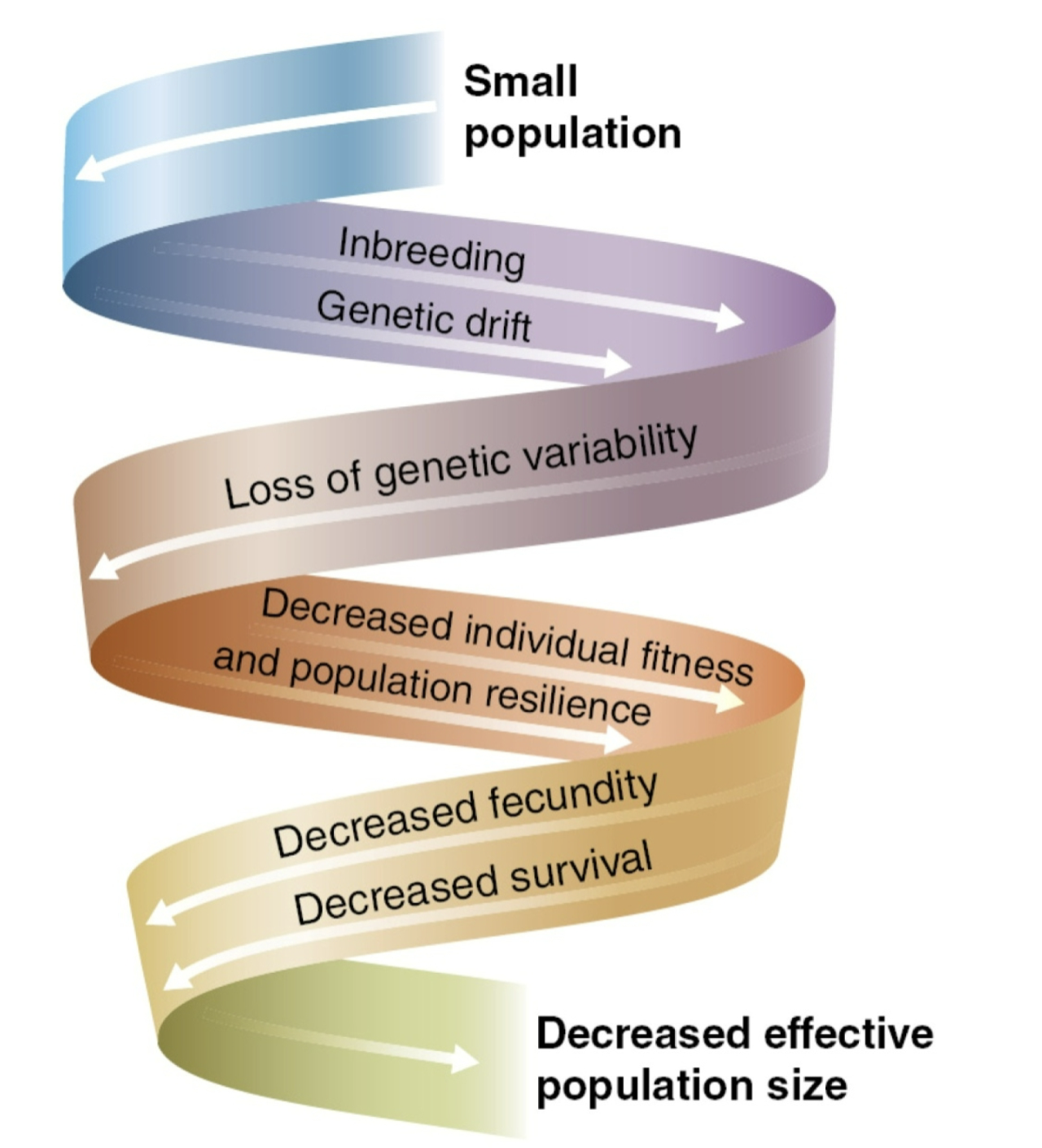
Conservation Plans
Some species like California need plans with captive breeding programs in order to survive and recover.
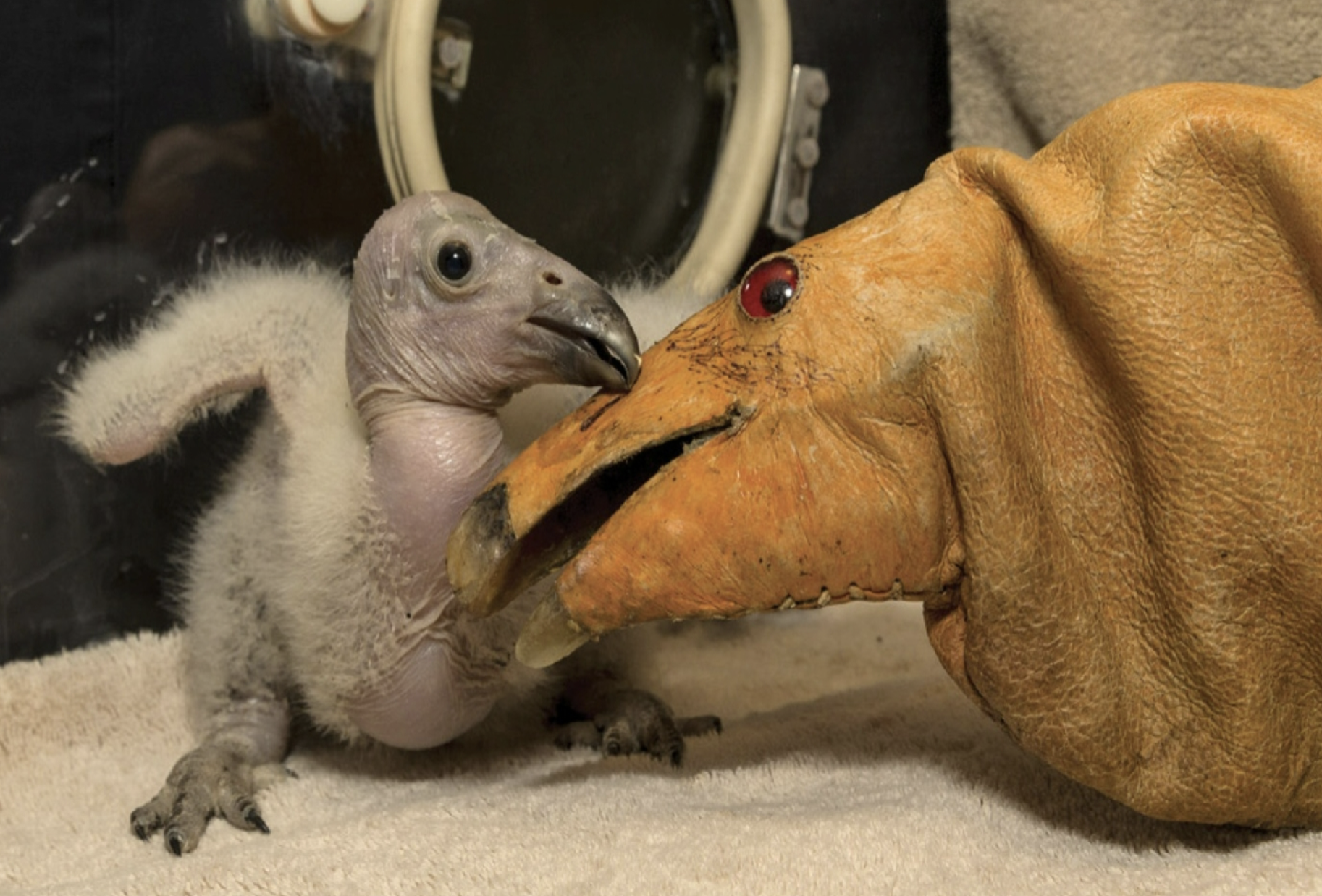
Community
A set of ecologically interacting organisms of different species that occur in the same location.

Tropical Rainforest
Highest bird diversity of any areas on Earth.
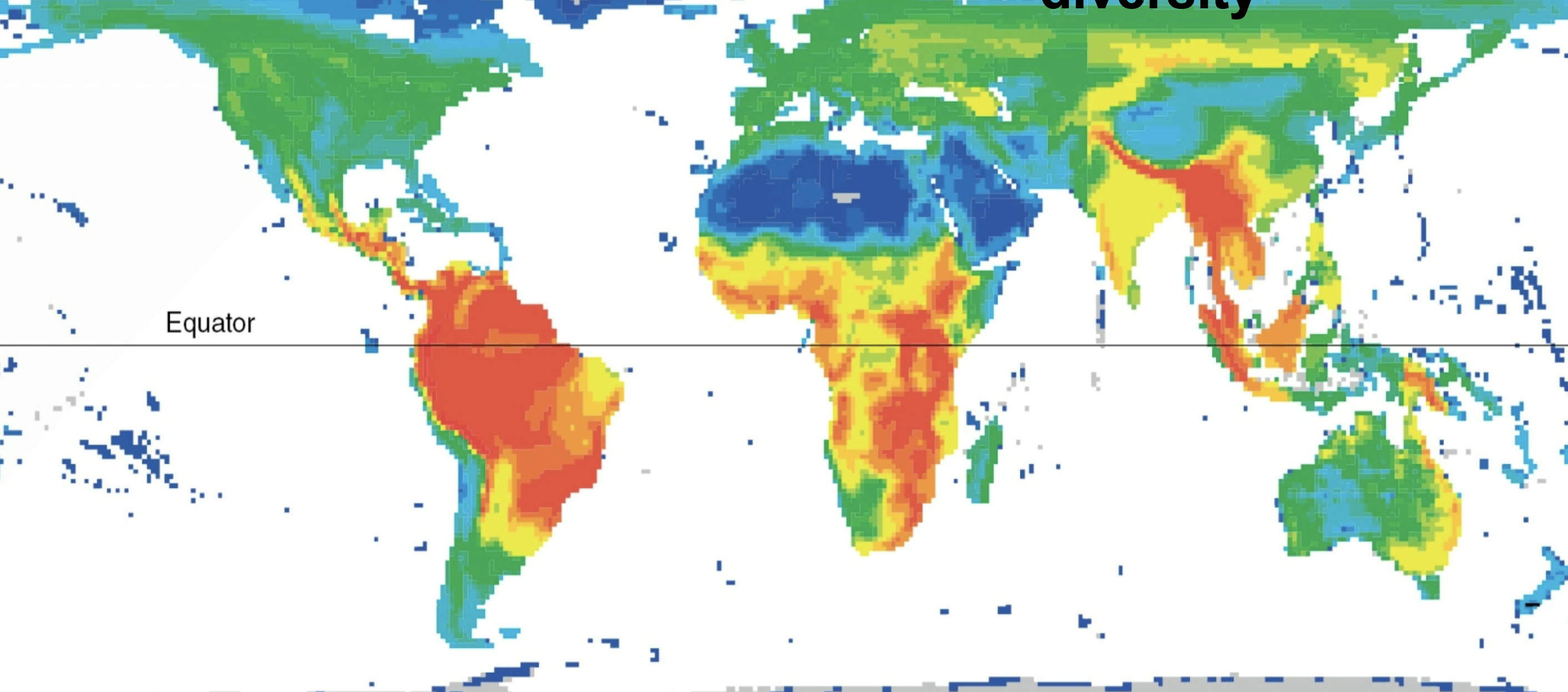
Species accumulation curve
Numerous rare species: Takes more sampling to accurately find and assess the components of a community.
Few abundant species: Takes less sampling.

Elevational communities
Ecosystems shift in make up moving up or down altitudinal gradients.

Successional Communities
Ecosystems shift depending on the age and stability of the habitats they inhabit.
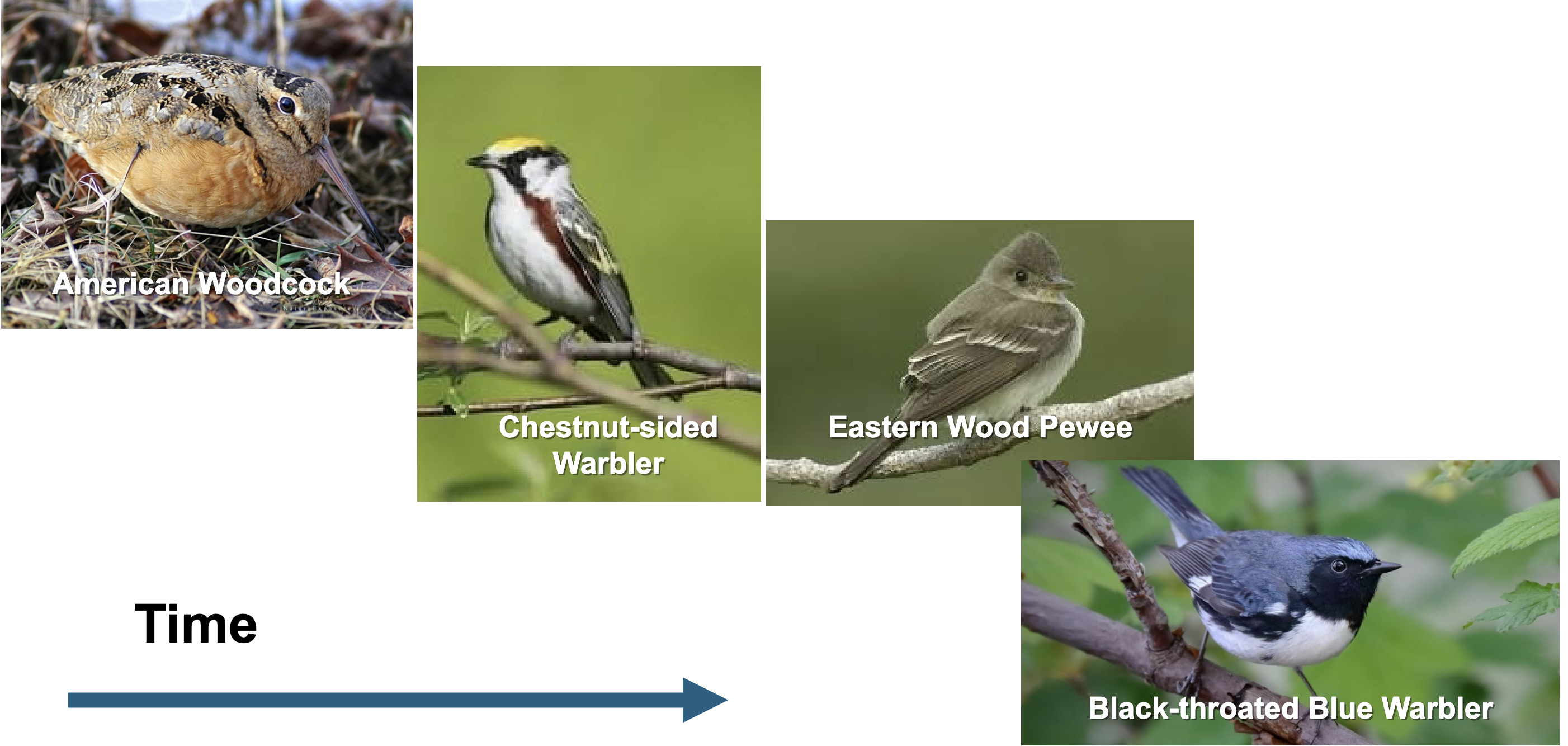
Resource/Niche partitioning
Diving of resources in the presence of other species to reduce competition for the same food sources but there is still competition happening, as not each species will get its preferred food.
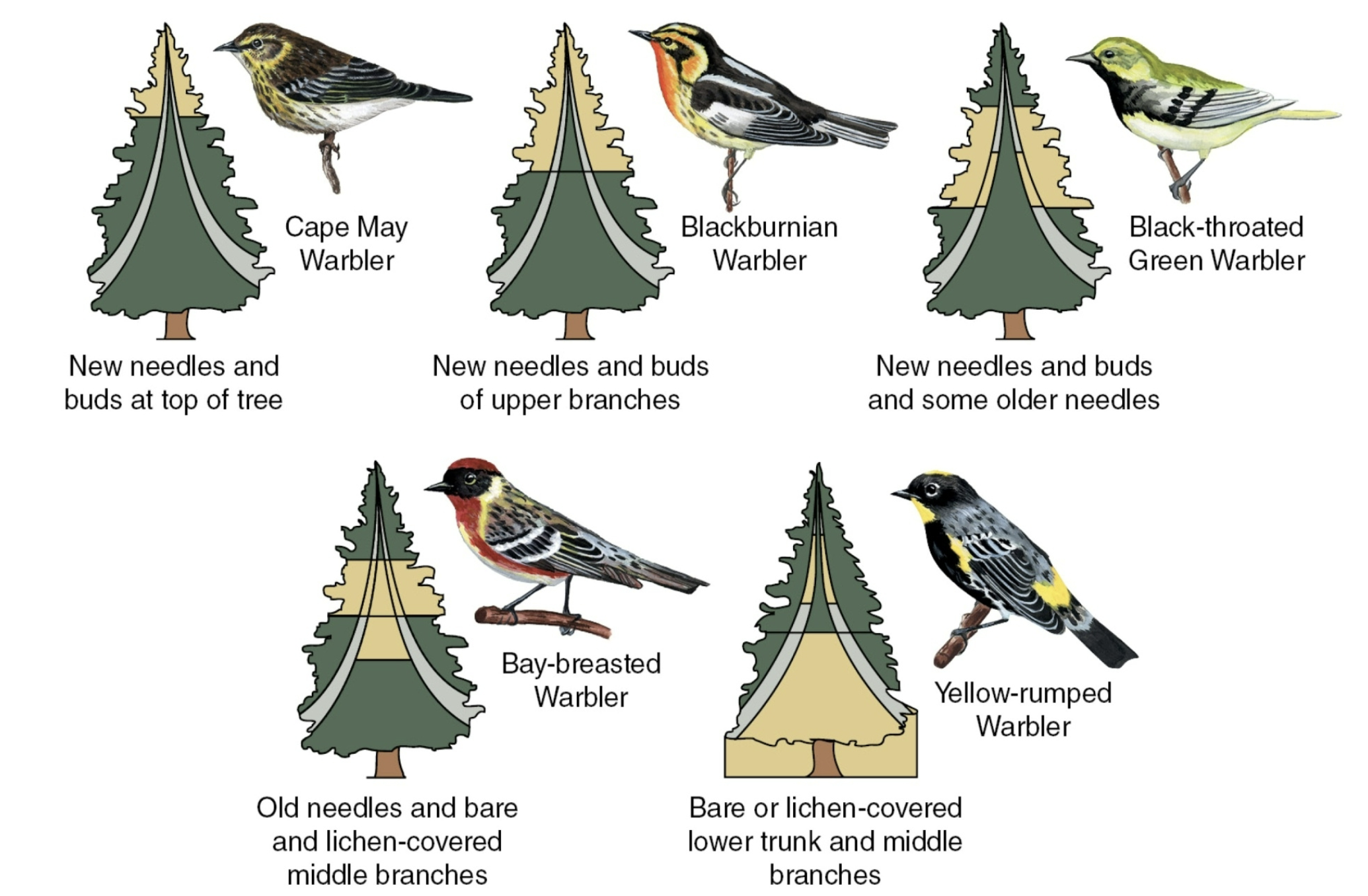
Competitive dominance
More dominant species coexisting in an ecosystem get preferred resources.
